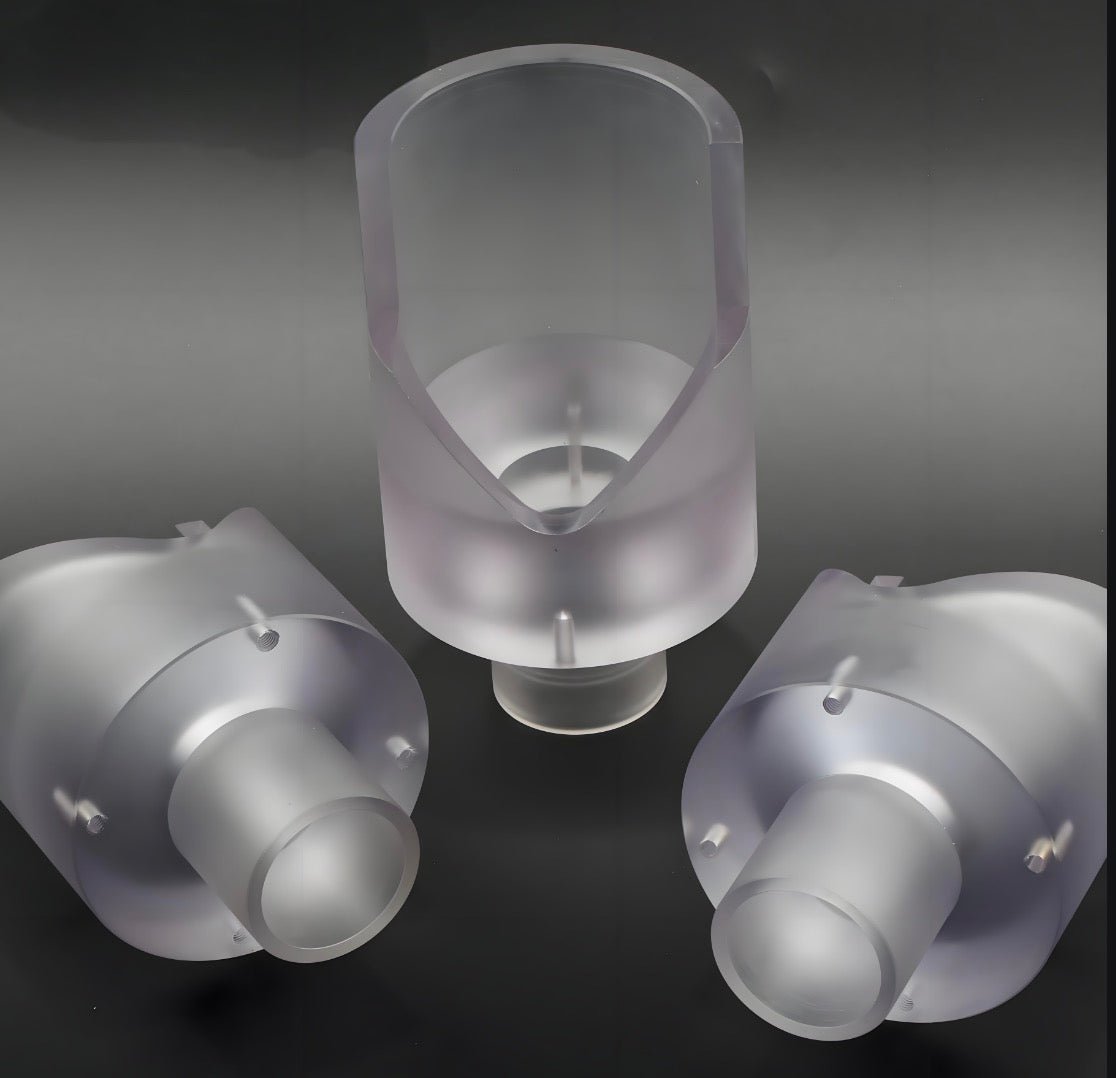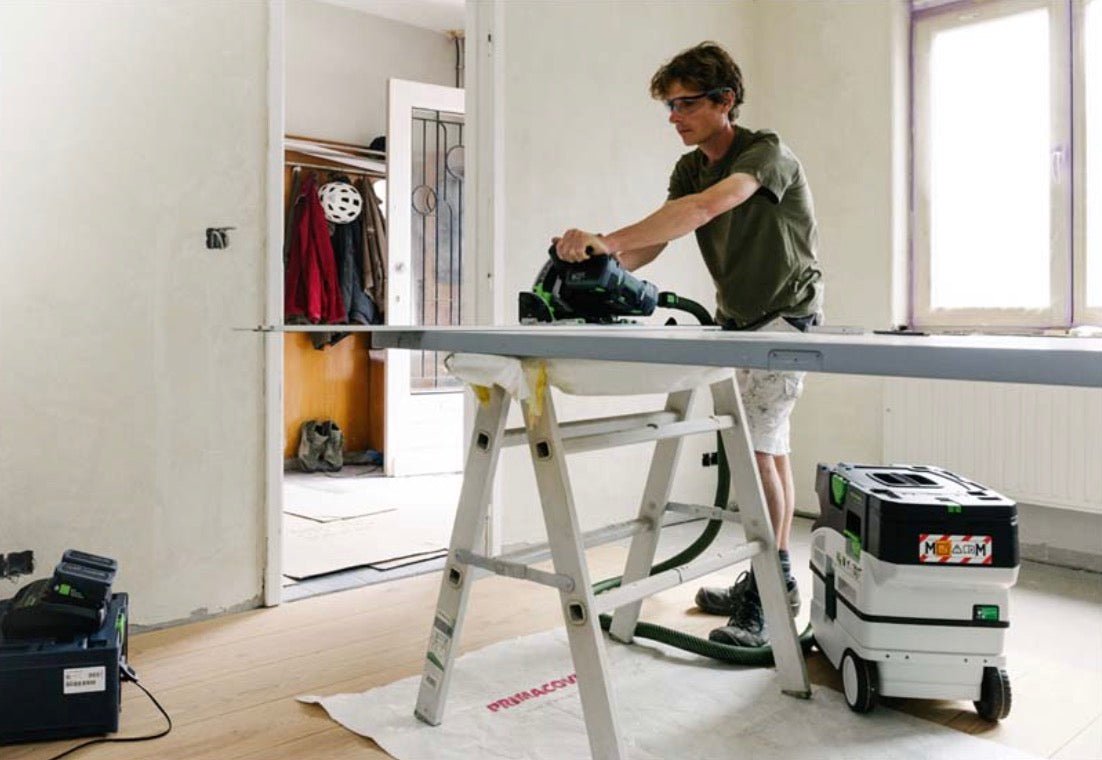What is a secondary glazing?
Secondary window glazing is a method of adding an additional layer of glass or perspex sheet to existing windows. It involves fitting a supplementary window panels on the interior side of an existing window frame, creating a layer of insulation and soundproofing. This technique is often used to improve energy efficiency, reduce noise pollution, enhance security, and preserve the original aesthetics of older windows in historic buildings. It can be particularly useful in situations where replacing the existing windows is not feasible or desirable.

Is secondary window glazing a good idea?
Yes, secondary window glazing can be a good idea for several reasons:
1.Improved Energy Efficiency: Adding an extra layer of acrylic sheet or polycarbonate sheet to your windows helps insulate them better, reducing heat loss during colder months and potentially lowering your heating costs.
2.Noise Reduction: With the additional layer of perspex sheet, you'll experience less external noise, making your living or working environment quieter and more comfortable.
3.Enhanced Security: Secondary glazing provides an additional layer of protection against intruders, making it harder for them to break through the window and increasing your peace of mind.
4.Preservation of Historic Features: If you live in an older or historic building where replacing original windows isn't feasible or desirable, secondary window allows you to improve energy efficiency and comfort without changing the exterior appearance.
5.Cost-Effectiveness: It can be more cost-effective to opt for secondary glazing instead of replacing windows entirely, especially if your existing windows are still in good condition but need improvements in insulation or noise reduction.
However, as with any home improvement decision, whether secondary window glazing is the right choice for you depends on factors like your budget, specific needs, and the condition of your existing windows. Consulting with a professional can help you make an informed decision tailored to your situation.
Is 2mm or 3mm perspex sheet better for secondary glazing?
Actually, 2mm perspex sheet is too thin, it’s better for photo frame, 3mm Acrylic sheet or 4mm Acrylic sheet will be the best option.
When choosing between 3mm and 4mm thickness for secondary window, consider your specific needs:
Insulation: Thicker perspex sheet provides better insulation. If you want to minimise heat loss through your windows, go for 4mm perspex sheet or even thicker.
Noise Reduction: Thicker perspex sheet also offers better sound insulation. If you need significant noise reduction, opt for 4mm or thicker perspex sheet, especially if you live in a noisy area.
Cost: Thicker perspex sheet tends to be more expensive. If budget is a concern and your insulation and noise reduction needs are moderate, 3mm Acrylic sheet could be a more economical choice.
Evaluate your priorities and consult with us to determine the best thickness for your secondary double glazing.
Does Perspex secondary glazing works?
Yes, Perspex secondary glazing can work effectively for you. Perspex is commonly used in secondary glazing. Acrylic has qualities like transparency, lightweight nature, and good thermal insulation and soundproofing abilities, making it suitable for this purpose. Additionally, it's durable and resistant to weathering, ensuring long-lasting performance. However, the effectiveness of Perspex secondary glazing will depend on factors such as the thickness of the Perspex sheet, the quality of installation, and how well it fits into your existing window frame.
Is magnetic secondary glazing worth it?
Whether magnetic secondary glazing is worth it for you depends on your specific needs and circumstances. Here are some factors to consider:
Ease of Installation: Magnetic secondary glazing is relatively easy for you to install and remove compared to other types of secondary glazing systems. If you're looking for a solution that's easy to set up and take down, especially if you want to remove it during certain times of the year, magnetic options might be beneficial.
Effectiveness: When properly installed, magnetic secondary glazing can provide effective thermal insulation and soundproofing. However, its effectiveness may vary depending on factors like the quality of the magnetic seals and the thickness of the secondary glazing material.
Cost: Magnetic secondary glazing systems may be more cost-effective for you compared to permanent solutions like retrofitting or replacing windows. However, the initial cost will depend on factors such as the size of your windows and the quality of the magnetic system.
In the end, whether magnetic secondary glazing is worth it for you depends on your priorities, budget, and specific requirements. If you value ease of installation and the ability to remove the glazing when needed, magnetic options could be a good fit. It's important to research different options and potentially consult with us to find the best and professional solution for your situation.
How to DIY secondary glazing?
Sure, here's how you can make DIY double glazing windows:
 Here are different ways to DIY your secondary window:
Here are different ways to DIY your secondary window:
- Acrylic or polycarbonate sheets (cut to fit your window size)
- Magnetic tape or magnetic strips
- Self-adhesive foam weather stripping (if required)
- Mounting brackets or screws (if required)
- Silicone sealant (optional, for extra sealing)
 Steps:
Steps:
1.Measure your window: Get the dimensions of your window frame accurately to know the size of the acrylic or polycarbonate sheet you need.
2.Cut the perspex sheet: Use a fine-tooth saw or a scoring knife (for acrylic) to cut the acrylic or polycarbonate sheet to match your window frame size.
3.Prepare the frame: Clean the interior surface of your window frame thoroughly to ensure good adhesion. If you want, apply silicone sealant along the edges of the frame for added sealing.
4.Attach magnetic tape: Stick magnetic tape or magnetic strips along the edges of the acrylic or polycarbonate sheet evenly to ensure a secure fit.
5.Apply weather stripping: Put self-adhesive foam weather stripping along the edges of the window frame where the sheet will touch. This helps create a tight seal and prevents drafts.
6.Install the perspex sheet: Carefully place the acrylic or polycarbonate sheet against the interior surface of the window frame, ensuring the magnetic tape sticks to the frame and the weather stripping forms a tight seal.
7.Test the fit: Once the sheet is in place, gently press on the edges to check if the magnetic tape holds it securely and if there are no gaps between the sheet and the frame.
8.Optional: If needed, use mounting brackets or screws along the edges of the sheet for extra support and stability.
9.Repeat for other windows: Repeat the process for each window where you want to add secondary glazing.
Remember to handle acrylic or polycarbonate sheets with care when cutting and follow safety precautions. If you're unsure about any step, consider seeking advice from a professional.




4 comments
louise harcombe
Hi there, I want to do secondary glazing with Perspex or poly, but a local sign place says they go yellow & crystallize after a while. I want to do the magnetic strip installation. Can you tell me if they’re UV stabilised and the lifespan, and can I order sheets from you, I don’t seem to be able to source any locally. Orange NSW. Thanks
Hi there, I want to do secondary glazing with Perspex or poly, but a local sign place says they go yellow & crystallize after a while. I want to do the magnetic strip installation. Can you tell me if they’re UV stabilised and the lifespan, and can I order sheets from you, I don’t seem to be able to source any locally. Orange NSW. Thanks
Garry Gee
Excellent, clear (pun intended) instructions and tips. One question: If you have mullioned windows is it better for sound and heat insulation to put one large sheet over the entire window or would it be preferable to add multiple smaller plexi panes inside each mullioned section?
Excellent, clear (pun intended) instructions and tips. One question: If you have mullioned windows is it better for sound and heat insulation to put one large sheet over the entire window or would it be preferable to add multiple smaller plexi panes inside each mullioned section?
viva fenester
This is a fantastic guide on secondary glazing! It’s great to see how this solution can improve energy efficiency and noise reduction.
This is a fantastic guide on secondary glazing! It’s great to see how this solution can improve energy efficiency and noise reduction.
neelaadri trueframe
Fantastic guide on secondary glazing! Clear instructions and valuable tips for improving insulation and reducing noise. Great work
Fantastic guide on secondary glazing! Clear instructions and valuable tips for improving insulation and reducing noise. Great work